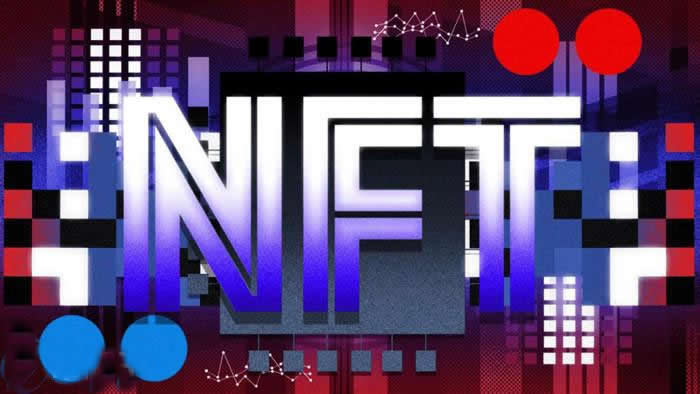Integrating infrastructure and features of NFT technology
- PHPzforward
- 2024-01-26 14:54:271118browse
NFT (non-fungible token), as an application of blockchain technology, has attracted widespread attention in recent years. Its emergence provides a new way to prove ownership of digital assets and shows great potential in the fields of art, games, collectibles and other fields. However, to realize the circulation and transaction of NFT, a series of infrastructure and technical support are required. In this article, we will introduce you to some common NFT infrastructure and the characteristics of NFT technology to help readers better understand the operation and application of NFT.

What are the NFT infrastructures?
The infrastructure layer provides technical support for the NFT industry, including key elements such as public chain, side chain/Layer 2, development tools, token standards, storage and wallets.
Ethereum’s NFT ecosystem developed earlier and formed non-fungible token protocol standards such as ECR721 and ECR1155. It is currently the absolute overlord of infrastructure in the NFT field.
According to data, from the beginning of 2021 to the beginning of 2022, Ethereum’s market share in the NFT field dropped from about 95% to about 80%. This suggests that the Ethereum network’s dominance in the NFT space is declining, possibly due to the impact of congestion and high gas fees. This change may provide opportunities for other blockchain platforms to meet user demand for NFT markets.
This also provides new development for some emerging public chains (such as Solana) and public chains focusing on NFT market segments (such as FLOW), as well as side chains and Layer2 solutions (such as MATIC, FTM) Opportunities and market entry points.
The infrastructure layer is a key component in the NFT ecosystem. It includes development tools (such as Pixura, Stardust), storage (such as AR, FIL) and wallets (such as Metamask, MetaX), which bear the important task of recording and settling value. NFT is an encrypted digital property right certificate built on blockchain technology, but its development is limited by the performance, security and interoperability of the upstream NFT infrastructure layer. Therefore, improving the performance and security of the infrastructure layer and strengthening interoperability between different infrastructures are of great significance to the development of the NFT ecosystem.
Summary of NFT technical features
The unique characteristics of NFT are scarcity, indivisibility, and uniqueness. Characteristics similar to blockchain are plasticity, ownership, and interactivity.
The scarcity of NFT is its unique feature that attracts users to buy. This mechanism maintains market stability, avoids oversupply, and provides longer-term value-added potential for users’ digital assets.
2. Indivisibility: The value of each NFT is different, so it cannot be "changed" or taken apart for trading. It must maintain its integrity before it can be traded.
3. Unique: The code information in NFT tokens are all different. Encrypted digital artworks may have coded information embedded in each pixel. Encrypted game items may have many details on the bottom layer, allowing game customers to The terminal understands the items owned by the player and their properties.
4. Plasticity: NFT has all the data on the chain during the casting process, which can be verified, checked for authenticity, and prevented from fraud. The birth of this mechanism allows many users to be more accurate during transactions. Peace of mind.
5. Ownership: NFT can be combined with the decentralization of the blockchain, which is a highlight of its non-homogeneity. It allows the metadata of NFT to give each token its personality, including Size, owner name, rarity, etc.
6. Interactivity: NFT can be moved freely in multiple blockchain ecosystems, which makes its liquidity very strong. When an NFT project is launched, it can be immediately transferred to dozens of different wallets. Viewed in the provider and traded on the market, displayed in the virtual world.
NFT system is a technology that integrates blockchain, storage and network applications. Its security is challenging because each component can become a security hole and expose the entire system to attack. In addition, NFT, with its unique attributes, has brought a certain degree of change in many fields such as Metaverse, digital art, collectibles, games, DeFi, public utilities, and sports. In order to realize the development of the above-mentioned NFT storage applications, as with any other new technology, a series of obstacles must be eliminated, including multiple perspectives such as usability, security, supervision and scalability.
The above is the detailed content of Integrating infrastructure and features of NFT technology. For more information, please follow other related articles on the PHP Chinese website!

